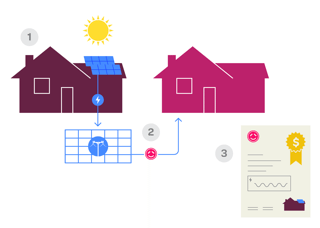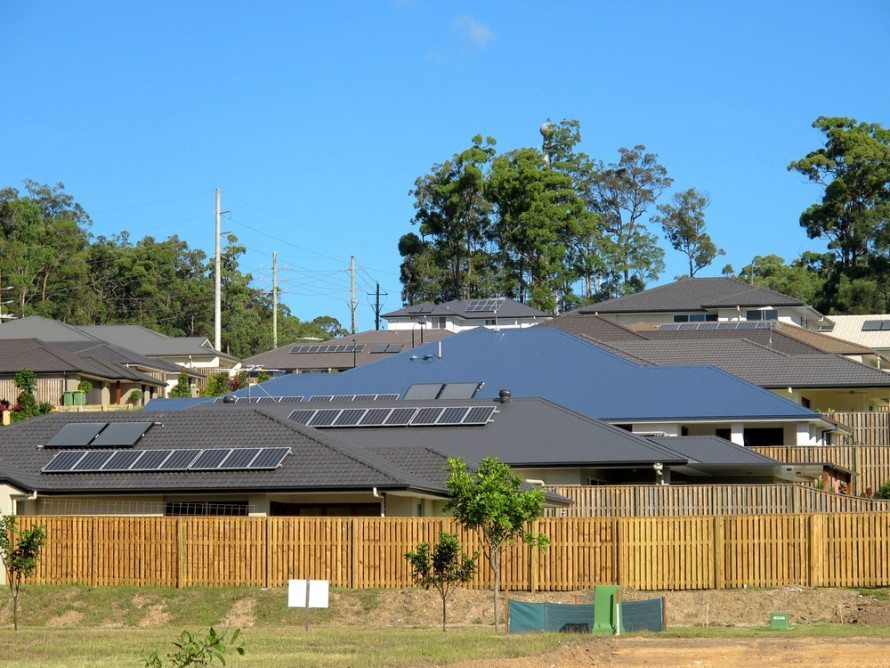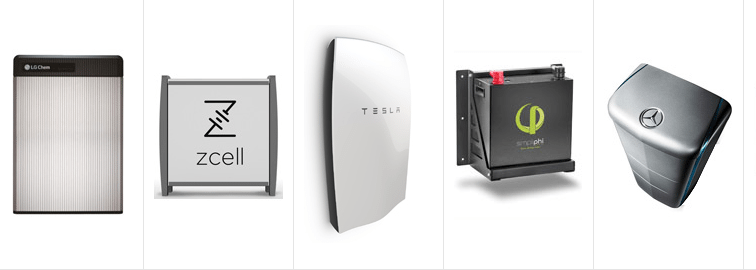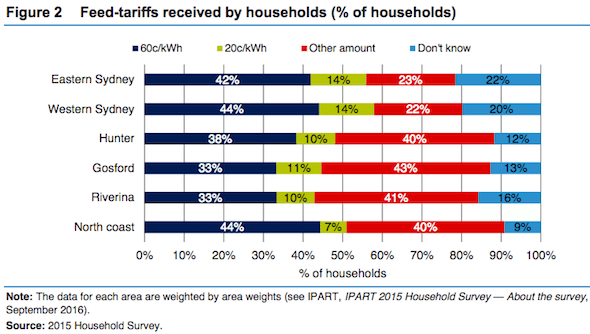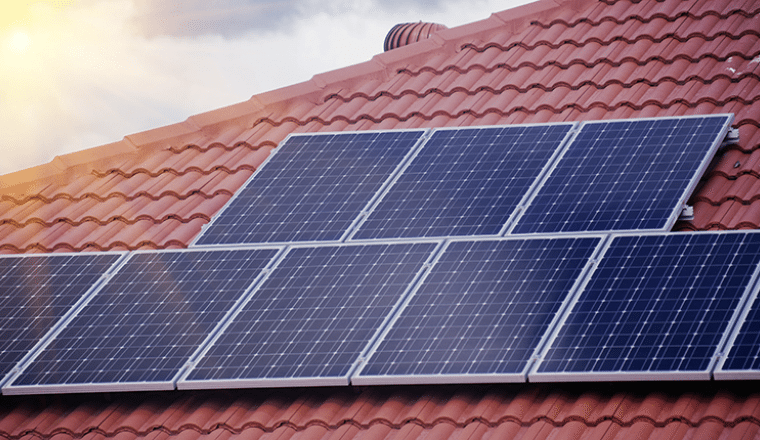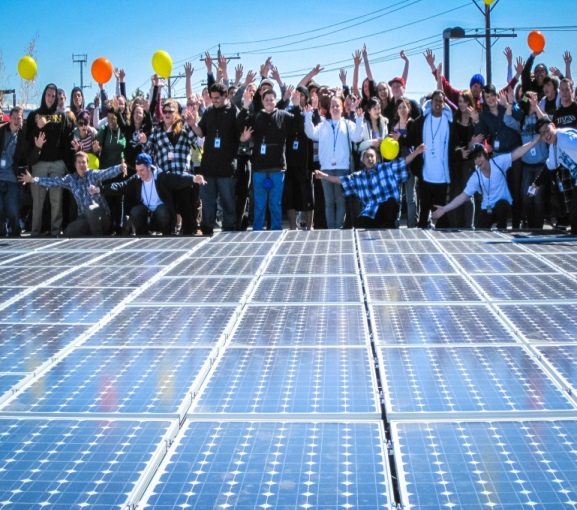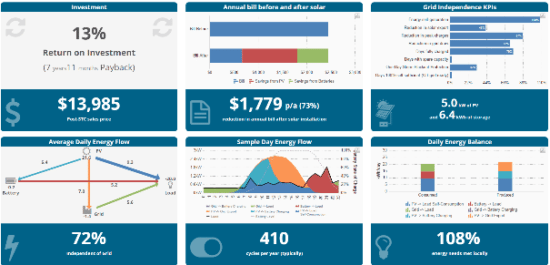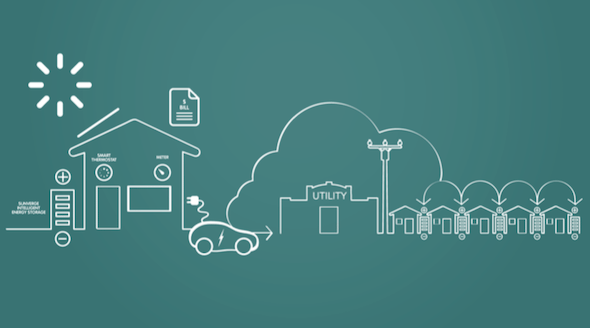AEMC report says most Australian households can expect to pay between 4-10% more for their 2017-18 electricity bills, thanks largely to the cost of the RET and the exit of Victoria's Hazelwood brown coal plant. But is it really as black and white – or even green – as all that?
Tariffs
Australia’s first residential solar electricity sharing market is underway, with the launch of Power Ledger's world leading P2P trading platform at the White Gum Valley housing project in WA.
LG Chem partners with SMA inverters as competition in the Australian battery storage market intensifies with more than 200,000 solar households about to lose their premium feed in tariffs and look to storage options.
Tesla's 14kWh Powerwall 2 batteries open for order in Australia, with installations set to begin in Feb 2017 – just as 100s of thousands of solar households lose their premium FiT.
Local solar trading product launched to Victorian Powershop customers as "first in a series" of peer-to-peer products to be rolled out by the online retailer.
New data shows that in South Australia, battery storage is already offering significant savings – as much as 25% on annual electricity bill costs – to households with solar. Retailers will need to turn to Plan B.
Victorian government to shift solar feed-in tariffs to time-of-use pricing, in move to better reflect the value of the state’s rooftop solar generation, and their environmental benefits.
The end of the Solar Bonus Scheme is fast approaching. So if you’re a solar owner on the scheme, what should you do?
Most Australian households looking at battery storage just want to make the most of their solar investment and use as little grid supplied energy as possible. But what should they look to buy?
Energeia report finds that an enlightened Australian electricity market, built around demand-based network tariffs, could save as much as $16bn in avoided infrastructure costs and cut power bills by 30%.
IPART survey finds up to 60% of NSW solar households will come off the premium FiT in December; meanwhile, some 22% don't even know what they're being paid for their solar exports.
As the industry awaits the regulator's decision on a proposed NEM rule change that would give "local network credits" to distributed energy generators, a major Australian study has found such a measure could save $1.2bn on avoided network infrastructure costs.
What will happen when my feed in tariff ends? We did the numbers to see how battery storage could help our solar system minimise our bills.
With an increasingly supportive regulatory environment and growing interest, community solar in the US could contribute nearly half of all solar installations by 2020. Here's how they do it.
Should battery storage be discharged during peak only, and is it worth discharging during off-peak periods in order to maximise solar soak-up?
Sunverge, the US-based energy management company supplying the "brains" for AGL's 5MW virtual power plant, explains how the project will benefit consumers.




